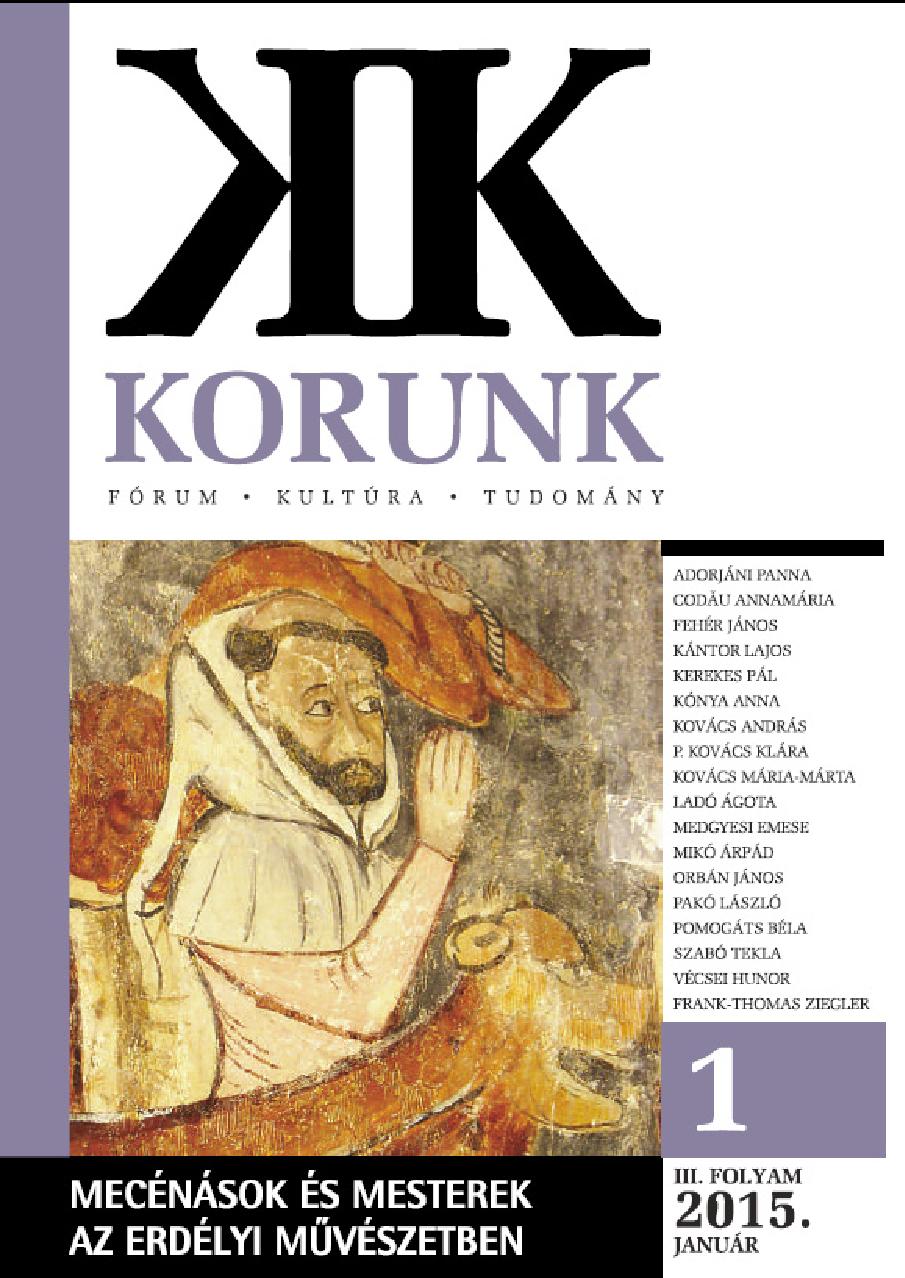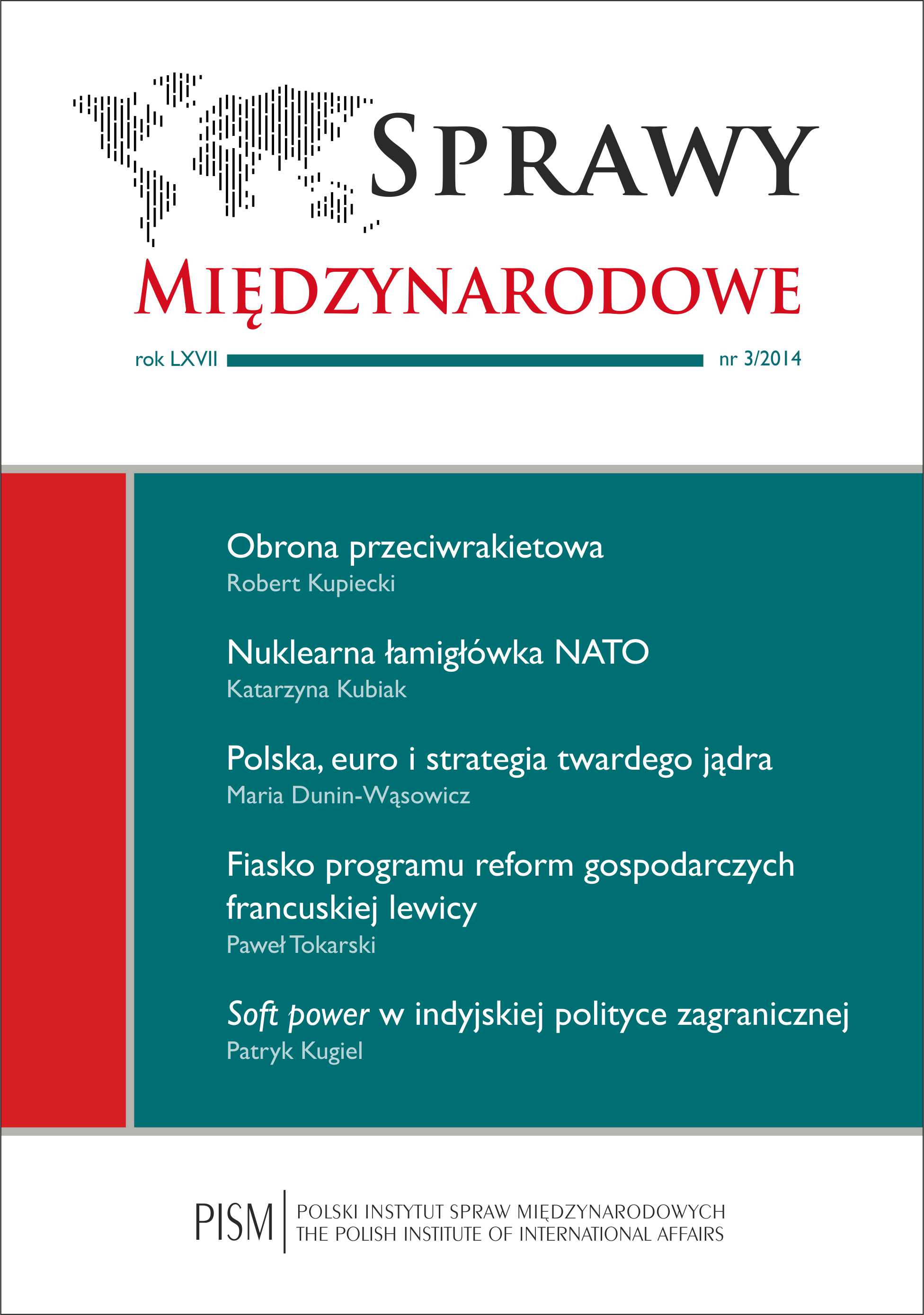







Keywords: Albrecht Dürer; Philipp Melanchthon; Antal Verancsics; Antun Vrančić; Antonius Wrancius; Latin humanist poetry; portrait; Martino Rota (Kolunić); Melchior Lorck; Antonio Abondio; emblem; funerary monu
Antal Verancsics (1504-1573) was born to a noble family in Sebenico (Šibenik), and moved to Hungary because of his family connections. He started his political career in the court of King John Szapolyai. In 1541, he followed the king’s widow, Isabella Jagiellon to Transylvania, and only in 1549 moved to the side of Ferdinand I where he held several high positions. As an ambassador of the Habs burg king, he spent two longer periods in the Ottoman Empire and negotiated the Treaty of Adrianople of 1568. At the apex of his career in the Church he was nominated Primate of Esztergom (1569), then went on to become cardinal (1573). He was a historian who also wrote poetry in Italian and Lation and was a connoisseur of painters and sculptors of the era. He invited Martino Rota to Hungary. There are numerous sources regarding his love for portraits, e.g. he wrote a paraphrase of the epigram of Dürer’s Melanchtonportrait. His personal portraits were painted by Melchior Lorck, Martino Rota and Antonio Abondio.
More...
Keywords: Italian architects; Transylvanian fortresses; Renaissance fortresses; Domenico da Bologna; Francesco Chiaramella da Gandino; Buda;Gherla;Sibiu;Hallerbastion
The study discusses the activity of two Italian architects from the 16th century: Domenico da Bologna and Francesco Chiaramella da Gandino, whose careers had several things in common. They both started to work in Italy, then eventually they were hired in the service of Ferdinand of Habsburg in Vienna, from where they were sent to Hungary and finally to Transylvania. The bishops of Trento played an important role as intermediates in sending them to Vienna. Da Bologna and Chiaramella were military architects in the first place, whose Transylvanian activity, although barely known today, must have had an important impact on the development of Renaissance architecture in Transylvania.
More...

Keywords: wall painting; St. Nicholas; Navicella; St. James the Greater; Virgin Hodegetria; Our Lady of the Seas; Imre Czudar; Andreas Széchy
Viştea , a small village near Cluj, was the property of the bishop of Transylvania. The frescoes of the medieval church were discovered in 1912, but later covered with plaster. In 2008 only two scenes were renovated. The first is a Crucifixion painted in Italo-Byzantine style. Christ is sided by Virgin Mary and Apostle John, and on the southern wall of the nave one can see Longinus and a second person dressed sumptuously and in modern style, supposedly the do - nor. The fresco seems to date from after 1320, when the 27 year old Andreas Széchy was elected as bishop. The second fresco, painted on the southern wall of the nave, exemplifies the influence of the Italian Trecento. It depicts standing saints (St. James the Greater, St. Nicholas, a holy king) and the Madonna Hodegetria while blessing a clerical donor, as well as a ship navigated supposedly by the same donor and by Our Lady of the Seas. The image combines iconographic elements from more sources (Navicella, Ecclesia Triumphans), creating an original composition in order to ask the protection for the donor’s longer trip to Heaven. He seems to be Imre Czudar, bishop of Transylvania between 1386 and 1389.
More...

Keywords: India;Indie;foreign policy;polityka zagraniczna
Soft power plays an increasingly important role in international relations at a time of growing interdependence and globalisation. Also India, quietly but consistently, has over the past two decades developed new instruments and built up capacities for projecting its “power of attraction.” The article presents the place of soft power in India’s foreign policy and examines the strengths and challenges of the new approach. Contrary to some concerns about a more hard power-oriented posture of the new BJP government, the author argues that it will rather reinforce the country’s soft power. In combination with growing hard power potential, this can make India a major global smart power in the 21st century.
More...
Keywords: Lemkin;Occupied Europe; okupowana Europa
The article has been written on the occasion of the first Polish edition of Rafał Lemkin’s classic: Axis Rule in Occupied Europe, the book which paved the way for the legal protection of entire nations threatened with annihilation for political reasons, often by their own state, and adoption by the UN, in December 1948, of the Convention on the Prevention and Punishment of the Crime of Genocide. The author argues that an original contribution of Lemkin’s thinking to development of international and humanitarian law laid not only in his view that the civilised nations should condemn, prohibit and prevent any attempts of deliberate liquidation of an entire group of people as the “crime of crimes,” with which the mankind lost a chance to benefit from that group’s cultural and intellectual contributions in the future. But also it was Lemkin’s determination to collect evidence that made it possible to build logical reasoning corroborating the personal responsibility of Third Reich leaders, including Hitler, for the mass crimes committed by German state institutions in occupied European countries. Thus Axis Rule in Occupied Europe was the first attempt to prove responsibility of Nazi Germany for atrocities committed in occupied Europe through careful analysis of law and regulations introduced by the occupying powers.
More...
Keywords: MSZ; MFA
W świetle prawa międzynarodowego przyłączenie wchodzącego w skład terytorium Ukrainy Półwyspu Krymskiego (Krymu) do Federacji Rosyjskiej należy kwalifikować jako aneksję, tj. nielegalne nabycie terytorium innego państwa w drodze użycia i/lub groźby użycia siły zbrojnej. Z tego względu Krym z punktu widzenia prawa międzynarodowego pozostaje terytorium okupowanym. Dokonując aneksji Krymu, Federacja Rosyjska dopuściła się naruszenia wielu traktatów oraz podstawowych zasad prawa międzynarodowego, tj. zasady integralności terytorialnej państw, zakazu ingerencji w sprawy wewnętrzne innego państwa i zakazu użycia/groźby użycia siły zbrojnej przeciwko innemu państwu. W konsekwencji Federacja Rosyjska naruszyła podlegające międzynarodowej ochronie prawa Ukrainy. Równocześnie jednak ze względu na szczególny status prawny naruszonych zasad prawa międzynarodowego, Federacja Rosyjska naruszyła swoje zobowiązania prawne wobec całej społeczności międzynarodowej. Po stronie tej społeczności istnieje międzynarodowoprawny obowiązek nieuznawania powstałej w wyniku bezprawnego użycia siły w formie agresji zbrojnej sytuacji nielegalnej i jej skutków.
More...

Keywords: specialization; concentration; regional development; Romania;
The purpose of the paper is to give an overview of the changes in the structure of industries in Romania, specifically on the questions (1) whether the industrial structures become more similar or more different in the Romanian regions and (2) whether the Romanian industries become more concentrated or more dispersed. EUROSTAT regional data on Gross Value Added and employed population for the period of 2000-2013 are used in order to calculate several statistical indices of specialization and concentration (Krugman, Entropy, Hirschman-Herfindahl, Lilien Index and Gini coefficient). By comparing the values of these different measurements, the main finding is that Romanian regions become less specialized, while industries become slightly more concentrated. The speed of structural changes in all Romanian regions registered a noticeable slowdown of the speed of sectoral changes after the economic crisis. Our conclusions provide useful information for the economic policy makers in investment funds allocation or employment measures designing.
More...Keywords: Governance; Fiscal policy; Public debt;
The paper begins with a short literature review regarding the public governance concept in the EU approach and its methods for establishing a common way to manage different situations for all member states; we discovered that the problems they confront with have to do with good governance and qualitative public administration. In the second part, we developed an econometric model for three Eastern European countries and we found a strong correlation between the total revenues from taxes and social contributions and total gross debt in 2002-2014 period. We ended the paper by emphasizing the conclusions obtained.
More...Keywords: innovation; packaging; functions of packaging;
The paper deals with the evaluation of the perception of packaging innovations in terms of their functions through the Kano model. It focuses on the evaluation of the perception of innovation of all main seven functions of packaging, in particular on handling, protective, informative, economic, environmental, promotional and ecological packaging functions. The results indicate that the target groups interested in the new innovative packaging are mostly in age between 41 to 60 years. These groups have the highest requirements for new packaging. The innovations of handling functions of packaging have the most significant influence on the older generation. However, almost all ages categories positively recognize ecological innovations of packaging.
More...Keywords: linear regression; splines regression; B-spline regression; R language; the evolution of the unemployment in Maramures;
We are studying the economic phenomenon of the unemployment in Maramures County of Romania. To obtain plausible conclusions regarding this study we apply different types of regression: the linear regression, polynomial regression, spline and Bspline regression. In this paper we focus on the numerical side of the research and we compare the predicted values, the graphic representation of the evolution, the future predictions and the errors generated by the regressions mentioned above. The calculations are performed in R, a programming language for statistical computing. An implementation in R is given.
More...